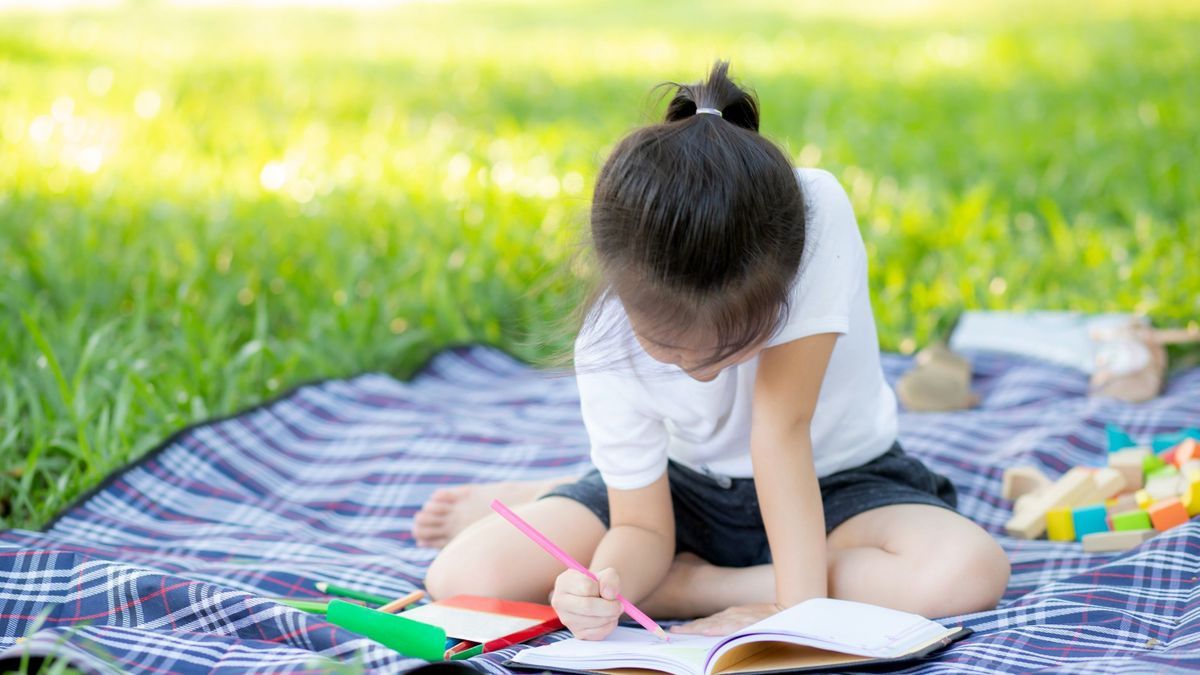
Science continues to extol the merits of living close to green spaces, especially for city dwellers, with many benefits for mental health. But parks, gardens, squares, and other green spaces could also benefit the physical health of young people. A new study by Belgian researchers reveals that children living near such areas have stronger bones.
Exposure to green spaces from the beginning of life plays an important role in the good bone health of children, and could even limit the risk of fractures and osteoporosis later, reveals a new study led by Belgian researchers. “These findings highlight the importance of exposure to residential green spaces early in life on bone health during critical periods of growth and development, with long-term implications.“, underline the authors of this work published in the medical journal JAMA Network Open.
Better bone health near greenery
There are numerous studies that focus on the influence of nature, whatever it may be, on the health of the people who benefit from it on a daily basis. Recent work has reported a host of benefits for mental health and well-being, while others have shown that green spaces can help limit the use of medications or encourage physical activity, but it This is the first time that such research has examined the impact of residential green spaces on children’s bone health. For the purposes of this work, researchers from the University of Hasselt, in Belgium, analyzed data from 327 children aged 4 to 6 years from the prospective birth cohort ‘Environmental Influence on Aging in Early Life’ (ENVIRONAGE ) started in 2010, and followed between October 1, 2014 and July 31, 2021.
Beyond data on the health and lifestyle of the mother and child, the scientists took into account residential addresses. The latter were geocoded, while the percentage of green spaces was determined based on high green spaces (greater than three meters), low green spaces (less than or equal to three meters), as well as the sum of the two, in several radii ranging from one hundred meters to three thousand meters around the residence. Verdict? Exposure to residential green spaces early in life was associated with better bone health in participating children.
Good in his body, good in his head!
Prevention against fractures and osteoporosis
In detail, the study reveals in particular that having approximately 25% additional green spaces (+23.2% tall green spaces and +25.2% total green spaces) within a radius of a thousand meters was associated with a 67% lower risk of having low bone density in children – in other words of being in the 10% of lowest bone densities. In the same vein, children enjoying approximately 20% more green space within a 500 meter radius were likely to have higher bone mineral density.
These results are important considering that bone mineral density is an important indicator in the risk of fractures and/or osteoporosis in later life. “The stronger the bone mass in childhood, the more capacity you have for later in life. So the real public health message from this study is that city planners can strengthen children’s bones, which has long-term consequences.“, said Professor Tim Nawrot, one of the co-authors of the study, relayed by The Guardian. This work could thus make it possible to put in place new strategies to act at a preventive level.
“This study highlights the urgent need to educate policymakers about the importance of conserving and expanding residential green spaces to maximize bone mineral density during crucial periods of growth and development. Promoting such preventive strategies could decrease the risk of fracture and/or osteoporosis later in life, resulting in financial, physical and psychological benefits for the individual and the community“, conclude the authors of this work.
